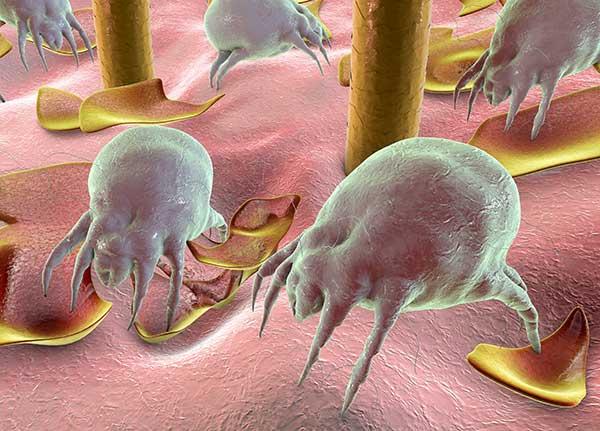Dust Allergies Causes and Treatment

Of all the types of allergies that are out there, dust allergies may be one of the most annoying.
Dust is everywhere and difficult to avoid. So how does someone go about dealing with this problem? And can it even be successfully handled?
What Is Dust Allergy?
To learn how to treat dust allergy, it’s important to know what it is. At first, being allergic to dust seems very straightforward. But digging deeper shows that it is a little more complex.
Dust is made up of several different types of particles. These particles include dust mites and their waste, pollen, mold, and pet dander, among other things.
Someone who is allergic to dust might be allergic to just one of these things, or they might be allergic to many of them.
Symptoms of Dust Allergies
The symptoms of a dust allergy include, but are not limited to, sneezing, runny nose, itchy and watery eyes, and an itchy throat.
Some people with dust allergies may also see skin conditions such as atopic dermatitis or eczema. These symptoms may seem like those of familiar illnesses like the common cold, but there are important differences to note.
See also: Is Your Allergic Reaction an Emergency?
The common cold, for example, will often start with a sore throat, and then progress to a runny or stuffy nose and finally coughing before clearing up. But allergy symptoms usually hit all at once and are chronic.
Dust Allergy Treatment
The easiest way to treat dust allergy is to try to avoid the things that trigger symptoms in the first place.
Unfortunately, this is easier said than done.
However, there are several steps someone with a dust allergy can take to minimize their encounters with too much dust. Some of these include:
- Keep furniture as clean as possible and vacuum carpets often.
- Wash sheets, bedding, and pillowcases frequently.
- Keep the house well-ventilated to discourage the growth of mold. Keeping the humidity low can also help with this.
- If pet dander is an issue, keep pets out of the bedroom.
- When possible, keep windows closed during the spring and summer in order to prevent too much pollen from getting inside the home.
- Use antihistamines as needed to help keep symptoms under control.
As always, severe symptoms should be looked at by a doctor. Some allergies can be kept under control with medication bought either over the counter or at a pharmacy.
And if allergies ever cause breathing difficulties, it should be considered an emergency and seen by an emergency room doctor to as soon as possible.
Although it may seem like it sometimes, dust allergies aren’t the end of the world. With a little bit of foresight and some extra work, the symptoms of dust allergies can be kept at bay and allergy sufferers everywhere can take a sigh of relief.




